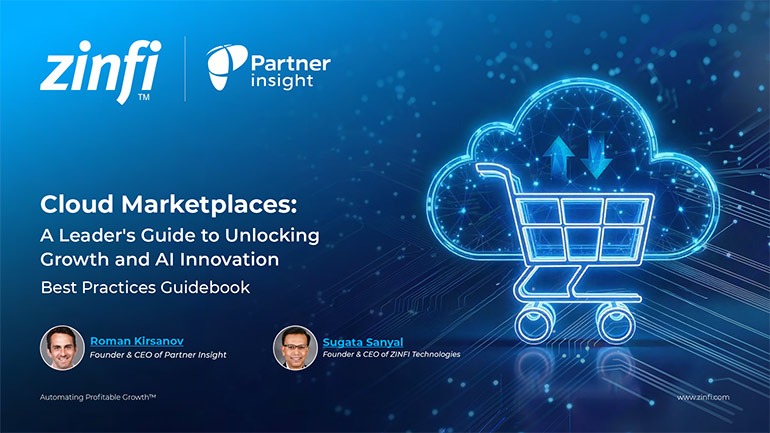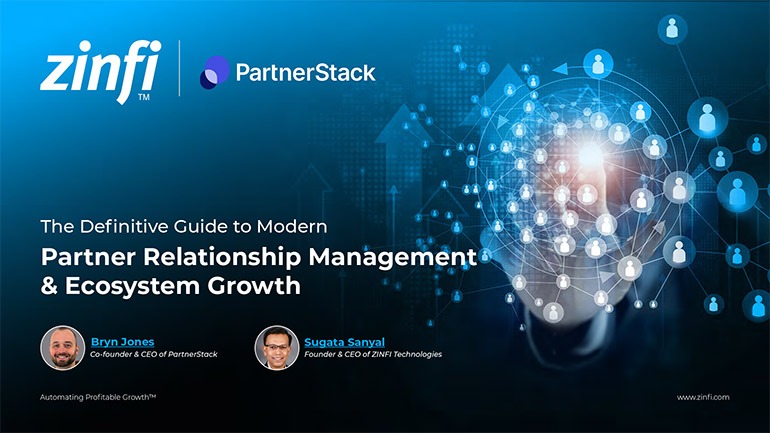Telemarketing is a method of direct marketing in which a salesperson solicits prospective customers to buy products or services, either over the phone or through a subsequent face to face or Web conferencing appointment scheduled during the call. It is becoming irrelevant because more and more people are using the internet to research and purchase products and services, and they are less likely to answer calls from unknown numbers.
Best Practices Articles

Why Telemarketing Is a Dead Profession
Most of us have a pretty clear idea of what telemarketing is, but it might be useful to have a quick refresher. Wikipedia defines telemarketing as “a method of direct marketing in which a salesperson solicits prospective customers to buy products or services, either over the phone or through a subsequent face-to-face or Web conferencing appointment scheduled during the call.” It may also include “recorded sales pitches programmed to be played over the phone via automatic dialing.”
What Wikipedia doesn’t say is that this form of marketing is rapidly becoming irrelevant to the buying journey of consumers and businesses alike. In this article, we will probe why telemarketing—as we have known it for many, many years—is essentially a dying profession, and how marketing and sales organizations are adapting.
When the Guardian published an article predicting which jobs would be eliminated by robots, telemarketing topped the list. According to the article, there is a 99% chance that telemarketing will be fully automated in 15 years, eliminating of millions of jobs. What does this mean for marketers who heavily rely on this as a tactic?
As per Wikipedia, “the term telemarketing was first used extensively in the late 1970s to describe Bell System communications which related to new uses for the outbound WATS and inbound Toll-free services.” However, this form of engagement existed well before the term “telemarketing” was coined. It’s probably been around as long as we’ve had yellow pages, and perhaps since the invention of the telephone itself.
While customer service and support offerings began to emerge in most developed countries after World War II, these activities were more rigorously organized and developed into a full-fledged industry in the 1960s. Some of us who are not millennials (LOL) possibly remember those days when we used to get inbound calls during dinner time pitching cruise vacations, great credit card offers, magazines, and more. (With their catalogs and phones in hand, consumers also dialed out to various retailers for goods and services.) It was not much different for businesses. Then, in 2003, the FTC’s National Do Not Call Registry was established, and many outbound consumer telemarketing houses went out of business rapidly or reconfigured as B2B telemarketing houses.
Fast forward 15 years later to today. More than two-thirds of business buyers go online to search for a solution that they are considering buying. The preliminary awareness that used to come from contact with a telemarketer has almost entirely disappeared. Nowadays, if you call up a potential prospect with an offer to purchase, your chances of actually making contact are generally less than 5%, and the majority of those prospects will simply hang up. While many companies still continue to invest in an awareness-based inside sales model, the effectiveness of such organizations is highly questionable, and today many telemarketers are being retrained as (or replaced by) what we now call “tele-prospectors.”
There can be little doubt that telemarketing for awareness generation and direct selling of products and services is rapidly diminishing in importance and relevance. And yet the importance of touching a buyer early in the game has never really gone away. So, the question for marketers becomes: How can organizations continue to engage with customers over the phone in today’s marketplace, and what does this new profession or process really look like?
Bill Gates, in his book The Road Ahead, provides us with a hint at the answer when he writes, “We always overestimate the change that will occur in the next two years and underestimate the change that will occur in the next ten.” This applies to where we are today. As the web becomes more and more responsive, organizations will continue to build marketing skills to take content marketing to the next level, where content via search, social and various web channels creates genuine curiosity and engagement with potential buyers. This new path to purchase should also make the process of buying more fun and exciting. That’s the 10-years-from now scenario.
However, when you step back and look at how most of us buy something like a car today, the picture is a bit different. Yes, many of us do most of the research online, perhaps consulting different websites or applications to learn about price ranges and the deals we can expect to strike, but in the end, we will still have to go in and set up an appointment for a test drive. The experience is still not entirely digital. We’re still in the 2-years-from-now stage. This is true for both consumers and businesses that proceed down the path to purchase in this digital age.
As a consumer (a.k.a. a buyer), when I provide my contact information on a few websites where there is interesting content about a product or service I am considering purchasing, I may not be totally ready to buy. I am at an early research stage, but I wouldn’t mind talking to someone who can help me learn more and learn faster. This is where the “new age” inside sales function—the new, repurposed telemarketing—comes into play.
The primary purpose of the inside sales team today is to reach out and engage with a potential prospect (who may or may not be a buyer), and be an asset to that prospect as he/she begins to consider possible options. The buyer may still be far away from an actual purchase, so this engagement will come across as a gentle form of assistance. If it’s done properly it will help build trust in a provider. This is what we now call tele-prospecting. You don’t try to sell; instead, the primary focus of the engagement is to assist prospects who have “raised their hand,” so to speak, by downloading some assets, or by reaching out in order to receive additional content via a company website.
I began this article with a focus on why telemarketing is a dead profession. It’s actually not quite that simple. The reality is that the telemarketing profession that began with a phone and a Yellow Pages directory is going through a complete metamorphosis. It is being replaced by tele-prospecting, which happens after a potential buyer engages with content on the web. This new reality will make the world a better place—for buyers, obviously, but also for sellers, who can adapt to this new reality and be more profitable.
No longer will we waste our energy annoying people who are not interested in what we have to offer. Also, as predictive analytics takes hold in both the B2C and B2B segments, most matches between buyer and seller will truly be made in heaven. Telemarketing will certainly be there in spirit, if not exactly in the flesh. Long live telemarketing!
Frequently asked questions
Teleprospecting is a type of inside sales that involves reaching out to potential customers who have already expressed interest in a company's products or services. It differs from telemarketing in that it is not focused on making a direct sale, but rather on building relationships and educating potential customers about the company's offerings.
While telemarketing in its traditional form is likely to continue to decline, teleprospecting is expected to play an increasingly important role in sales and marketing strategies. This is because teleprospecting allows businesses to target potential customers who have already shown interest in their products or services, and to build relationships with them in a personalized way.
Best Practices Guidebook
 The Partner-Led Digital and AI Transformation Best Practices
The Partner-Led Digital and AI Transformation Best PracticesDownload for FREE
 Startup Talent Recruitment: Hiring Missionaries, Not Mercenaries
Startup Talent Recruitment: Hiring Missionaries, Not MercenariesDownload for FREE
 The Future of Partner Relationship Management with AI in Partnerships
The Future of Partner Relationship Management with AI in PartnershipsDownload for FREE
 Cybersecurity for the 99%: Strategies from the Frontline
Cybersecurity for the 99%: Strategies from the FrontlineDownload for FREE
 Mastering Partner Relationships: A Strategic Approach to Business Growth
Mastering Partner Relationships: A Strategic Approach to Business GrowthDownload for FREE
 The Smart Manufacturing Playbook: Industry 4.0 Transformation
The Smart Manufacturing Playbook: Industry 4.0 TransformationDownload for FREE
 Mastering Partner Relationship Management: Keys to SaaS Channel Success
Mastering Partner Relationship Management: Keys to SaaS Channel SuccessDownload for FREE
 Navigating the AI Revolution: Guide for Partners in the Microsoft Ecosystem
Navigating the AI Revolution: Guide for Partners in the Microsoft EcosystemDownload for FREE
 Mastering the Modern Buyers Journey: Sales Leader’s Guide to AI & Engagement
Mastering the Modern Buyers Journey: Sales Leader’s Guide to AI & EngagementDownload for FREE
 Hybrid Cloud and Edge AI Computing Impacting the Future of PRM
Hybrid Cloud and Edge AI Computing Impacting the Future of PRMDownload for FREE
 Strategic Partner Ecosystem: Navigate, Grow, and Dominate
Strategic Partner Ecosystem: Navigate, Grow, and DominateDownload for FREE
 Cloud Marketplaces: Leader’s Guide to Unlocking Growth and AI Innovation
Cloud Marketplaces: Leader’s Guide to Unlocking Growth and AI InnovationDownload for FREE
 Getting More From Partner Performance: Guide to Measuring What Matters
Getting More From Partner Performance: Guide to Measuring What MattersDownload for FREE
 Guide to Modern Partner Relationship Management & Ecosystem Growth
Guide to Modern Partner Relationship Management & Ecosystem GrowthDownload for FREE
 Debunking the Entrepreneurship Myth Best Practices
Debunking the Entrepreneurship Myth Best PracticesDownload for FREE
 AI-Powered PartnerOps: The Next RevOps Frontier Best Practices
AI-Powered PartnerOps: The Next RevOps Frontier Best PracticesDownload for FREE
 Humanizing Brands: Guide to Strategic Partnering Best Practices
Humanizing Brands: Guide to Strategic Partnering Best PracticesDownload for FREE







